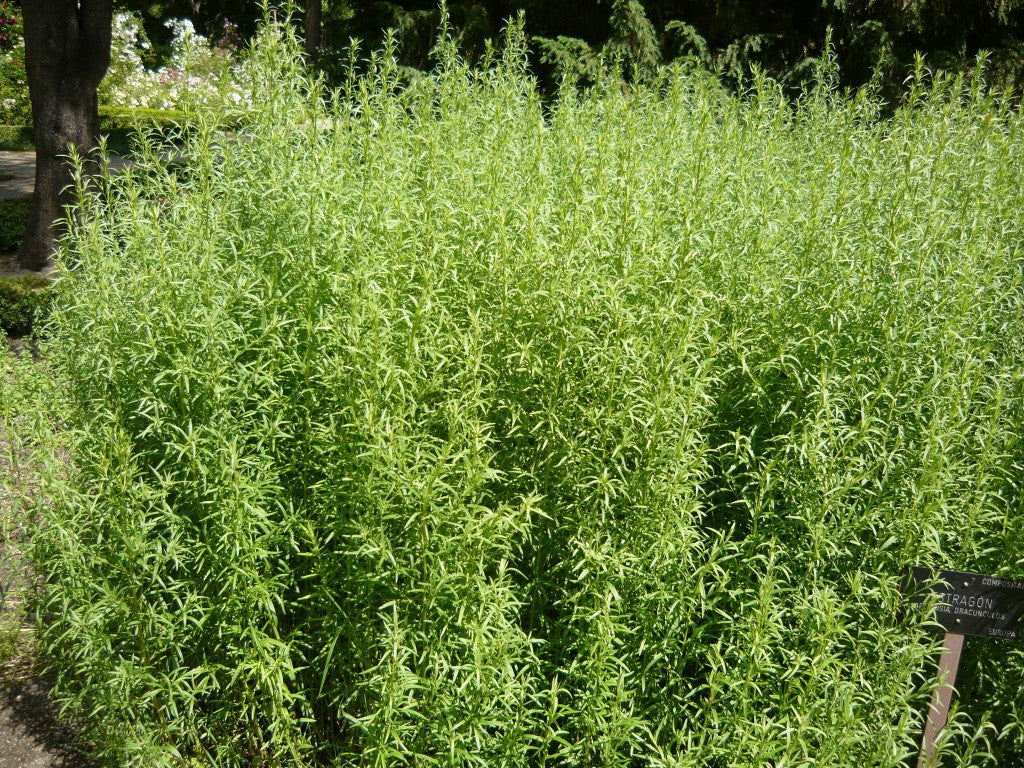
Splitrock Environmental
Tarragon
$7.50
Tarragon is a fairly large aromatic perennial that has mostly linear leaves that grow from the stems. There are a few subspecies of Artemisia dracunculus, some of which are more commonly used to produce the spice, Tarragon.
| Latin Name | Artemisia dracunculus | |
| Type | Forb | |
| Height and Spread | Up to 150 cm tall. | Up to 60 cm spread. |
| Bloom Colour | Small yellow flowers. | |
| Bloom Months | July, August. | |
| Foliage Colour | Dark green. | |
| Seed Months | Late summer to fall. (August, September) | |
| Light and Water | Generally grows in open, well lit areas. | Common in very dry areas, will also grow in wetter soil. |
| Ethnobotany Information | There are a number of different subspecies of Artemisia dracunculus. The native Tarragon here is generally not used to produce the culinary herb Tarragon. It does have a long history of use though, with the Secwepemc people mixing it with White Clematis to heal fractures, sprains, and other injuries. | |
| Wildlife Uses | In dry, open areas Tarragon provides ground cover for small species of wildlife. | |
| Garden Uses | Tarragon grows into small bushes that can provide variable texture to a garden landscape. Depending on the subspecies, Tarragon can also be highly aromatic and useful for cooking. | |
| Facts | Tarragon is part of the genus Artemisia, which includes other aromatic plants such as Big Sage and mugworts. | |
| Propagation Techniques | Tarragon produces large numbers of seeds that can be fairly easily propagated. | |
Your cart is empty
Continue shopping

